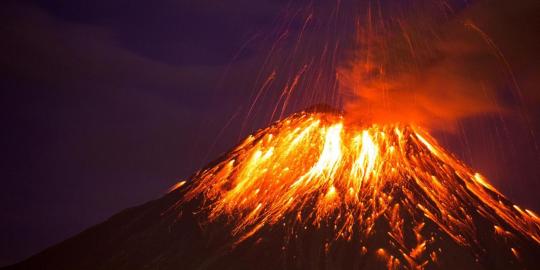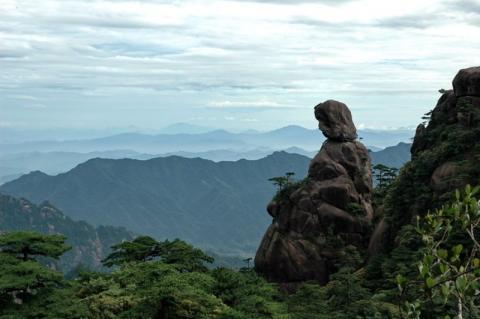Working on the pantheon of Orikrindia. This is part 1, the first three members.
~
Orikrindian pantheon
Apyolus– Father God – God of Fire, Lava, Volcanoes, War, Season of Summer, the Sun (Worshipped as Force of Creation, as a Progenitor of all life, a driving mechanism of all living things)

Epithets: Ti-Hasterya Apyasye (The Light of Fire), Ti-Lyaya Iyutreseya (The All-seeing Sun), Yalus (Eye), Tetuya Huseya (First Father), Ti-Hupuse (The Knowing), Yoris (Watcher)
Apyolus is worshipped as a creator of life, a driver of existence. Without Apyolus it is believed all things would be as dead and empty husks, existing the likeness of life but without the crucial spark of consciousness.
The priesthood is Apyolus is all-male and open to those who have fathered at least one child. Their temples tend in be in cities, at the feet of volcanoes, and in the southern most reaches of Orikrindia. In the summer is the Festival of Fire, wherein people make material sacrifices to the fire in hopes of gaining such boons as: fertility/children, health good crops, warmer weather in winter, renewed physical and mental vigor.
Hestaya: Mother Goddess – Goddess of the Mountains, Air, Wind, Cold Weather, Snow, Ice (Worshipped as a stable force in the world, a protector, defender) –

Epithets include: Ti-Nimaya (the Mother), Ti-Nimaya Balnyeya (the Great Mother), Nimaya Coruni (Mother of Stone), Corus Cacalsas (Undying Stone), Crestenya Astersye (Kindler of Light [e.g. lightning via storms])
Prayer to Hestaya:
‘The solidness of the mountain
of stone
of ice
the movement of wind
the forbidding power of storms
the threat of winter
the protective blanket of snow covering the earth,
this our Mother
the Mighty
and the True
the One Who Covers,
The Kindler of Light
The Mother of Stone,
Undying and Eternal
Her light will find you
In the dark
Her stones surround you
Where no enemy can pierce’
Moltirin– Goddess of the Forest:also matron goddess of mysteries, vengeance, the past, memory, rebirth/reawakening, justice, lost things, women who have died in childbirth, dead children, men who have died in battle, storms, and those who have been wronged.

Associated with: birds of prey (especially ravens and vultures and other carrion creatures), wolves, snakes, spiders, vines/plants/trees, the color green/black/grey
Epithets: Ti-Roruya (The Dark), Cyentas Nastas (Wise Aunt), Emas Tin-Mulyurana (Woman of the Forests), Cyeltenalenya (Revenger), Murlinis (Raven)
Moltirin is equally feared and loved. She is the sister of Hestaya, who is married to Apyolus.
She inhabits all forests and is a very mysterious figure, rarely responding to the entreaties of humankind. When she does, though, it is with ferocity and sincerity. Moltirin may take the form of a young or very old woman. Prayers to Moltirin are given by those who have been wronged, those who are lost, who are pariahs, those whose honor has been destroyed (either by themselves or others). She is a protector of women and children, occasionally protecting them via deception or violence. She keeps the souls of those who die within her woods, as well as the souls of the drowned. These spirits are said to wander the places where they died, as it is there that they are with Moltirin.
Devotees to Moltirin often live in forests as hermits or wise women. They, like their goddess, are both feared and respected. Many work as apothecaries as well, specializing in both healing substances and poisons. In Orikrindia, one might visit a Woman of the Woods (as they’re typically called) to procure a less-than-legal concoction for whatever need.


Very intriguing, I can’t wait to learn more !! I love the depth and realness of these gods/goddesses.
LikeLike
Thanks, glad you like it!
LikeLiked by 1 person
I really like the epithets you’ve included in the descriptions of the deities. It helps to show how people regard them and what aspects of their nature their worshippers focus on. Are they worshipped in places other than Orikrindia?
LikeLike